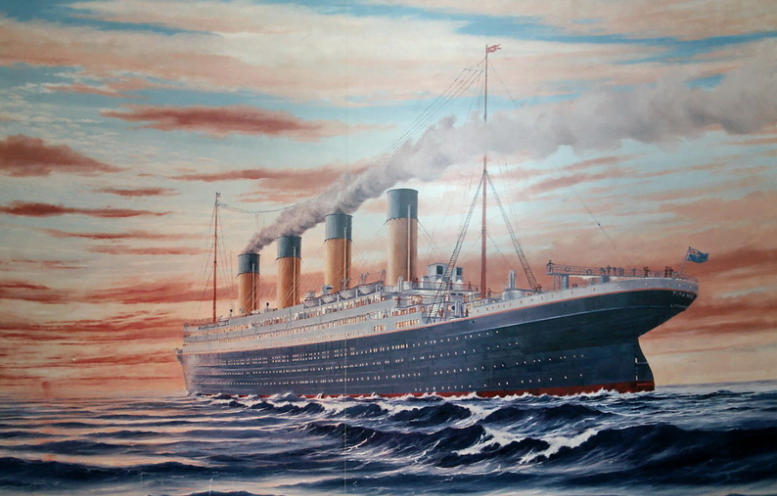Even though over 70% of the Earth is made up of water, the human race has only dipped a toe into the murky and mysterious waters below (Both literally and figuratively). Nestled on the Earth surface, below the waters and sea creatures that inhabit it, are thousands of shipwrecks that once sailed the seas. Canada, being the trail for explorers of the ages, is riddled with these wrecks, some more famous than others.
While it is estimated that more than three million shipwrecks have sunken to the sea’s floor, it is still unknown exactly how many ships lie below off. With sea exploration being part of the human culture for centuries, many of these shipwrecks were lost in a time of navigation, and are still unknown today.
However, there are multiple shipwrecks that have become famous over time, and quite a few of them lay right here in Canada. Here is a list of the six most famous Canadian shipwrecks that you can still ‘sea’ today.
1912: Titanic
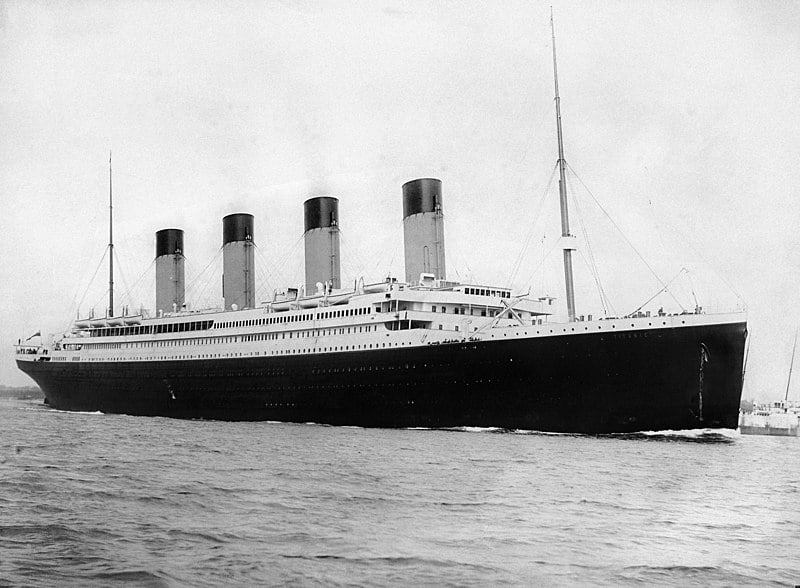
Let’s start with the most obvious. With a featured film and Leonardo DeCaprio as it’s mascot, nearly everyone knows about the Titanic. Yet, not many know that it actually sunk in Canadian waters.
The ship that was said to be unsinkable was sailing from Southhampton to New York as a cruise liner when tragedy struck. HItting an iceberg just 600 km off the coast of Newfoundland, the ship ended up sinking in just two hours and 40 minutes.
Canada played a big role in helping with the aftermath of the sunken ship, sending out ships to recover bodies, 150 of those actually being buried in Halifax.
To this day, the Titanic still sits untouched, at the bottom of Canadian waters.
1917: Halifax Explosion

Being one of the deadliest events in Canada, this shipwreck event actually happened when two ships collided together.
Back in 1917, a Norwegian ship named S.S. Ivo collided with a French cargo ship called S.S. Mont-Blanc just off the coast of Halifax. While the collision wouldn’t have been super fatal, the French cargo ship was actually filled with multiple explosives and was about to head out to the battlefields for World War One.
When the two ships collided, the 2.9 kiloton explosion destroyed Halifax and killed around two thousand people. The explosion was so big that the entire world wouldn’t have seen a bigger explosion until the invention of nuclear weapons.
The explosion resulted in millions of dollars worth of damage, and the noise could be heard all the way into Montreal. More than 25,000 people in the city were left without homes after the explosion.
Today, multiple plaques stand in the area where the explosion once hit.
1805: Aeneas
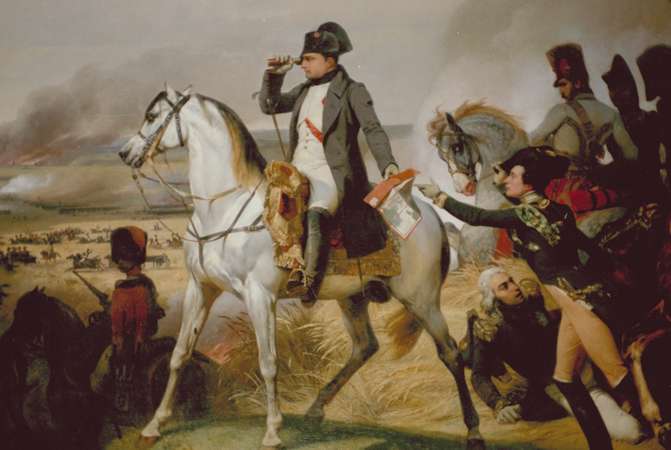
Stepping a bit back into history, the Aeneas was a British troopship that was sailing to Canada during the Napoleonic Wars.
With 350 people on board, the ship made its way through the Atlantic but was hit with storms, disease, and starvation. When it hit the waters off the coast of Newfoundland, powerful winds and storms ended up sinking the ship.
Only three dozen survivors actually made it to shore alive.
1918: S.S. Princess Sophia
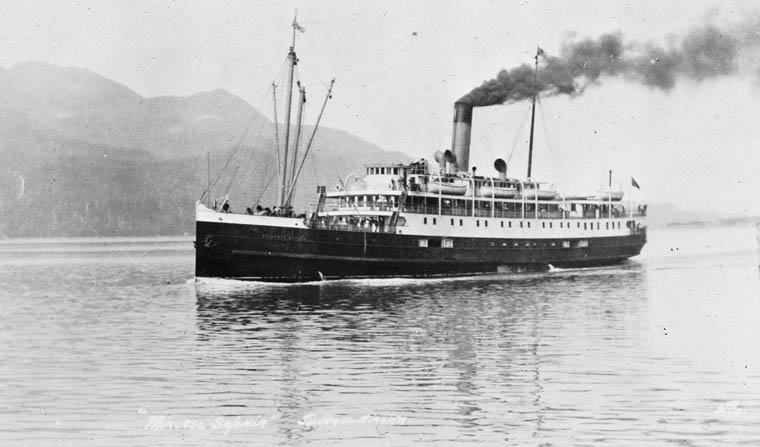
Making the journey from Alaska to Vancouver, the S.S. Princess Sophia hit a snowstorm, blocking their view of the waters below.
During the storm, the ship ended up striking a reef near Juneau, Alaska, getting stuck in the waters. Even after making a distress call, no one was able to help rescue those who were onboard the sinking ship.
Smaller ships attempted to approach the ship, but the heavy storm prevented them from actually rescuing any passengers.
Two days after striking the reef, the waves finally ended up breaking the ships hull, sinking the ship and killing all 343 passengers that were on board.
It’s considered to be one of the worst shipwrecks in the history of British Columbia.
1914: SS Empress of Ireland
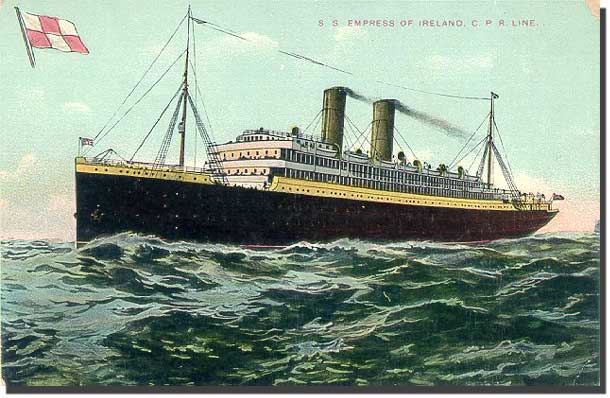
One of the more tragic shipwrecks in Canadian history is the SS Empress of Ireland. Working as a Canadian Pacific oceangoing passenger ship, it ended up sinking in the St. Lawrence River in May 1914.
What makes this sinking so tragic, is that ship managed to fully submerge itself in water only 14 minutes after it was struck by the Norwegian collier Storstad accidentally, the dense fog to blame.
Sinking in such a short amount of time, not everyone was able to be rescued, and 1014 passengers and crew ended up dying at sea.
At this point, the only other shipwreck that lost more lives was the Titanic.
1873: RMS Atlantic
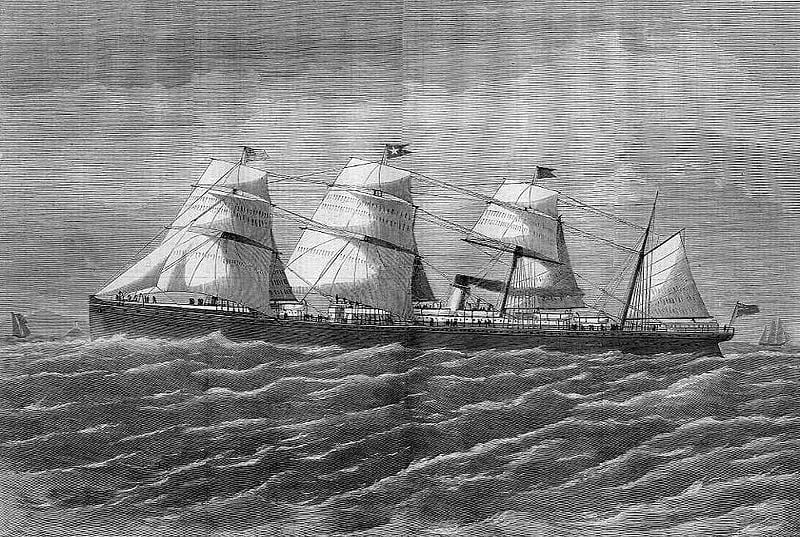
Operated by the same company as the Titanic, the RMS Atlantic was a normal ocean liner that was making a typical trip from Liverpool, U.K, to Newyork City.
As it was attempting to approach Halifax for resupply, which was something ships like this normally did, it was pushed 20 km off-course due to stormy conditions.
However, the sinking of this ship was due to the crew’s lack of attention. After they failed to notice the Sambro Lighthouse, which was used to warn sailors of the rocky bottoms, it ended up hitting a rock and quickly sinking.
While the numbers aren’t accurate, it was estimated that more than 530 people ended up dying in the water.
To learn more about shipwrecks and other weird ocean facts, you can listen to the latest ‘The More You Know: Shipwrecks & Seashells, We’re Fishing For Facts.’

